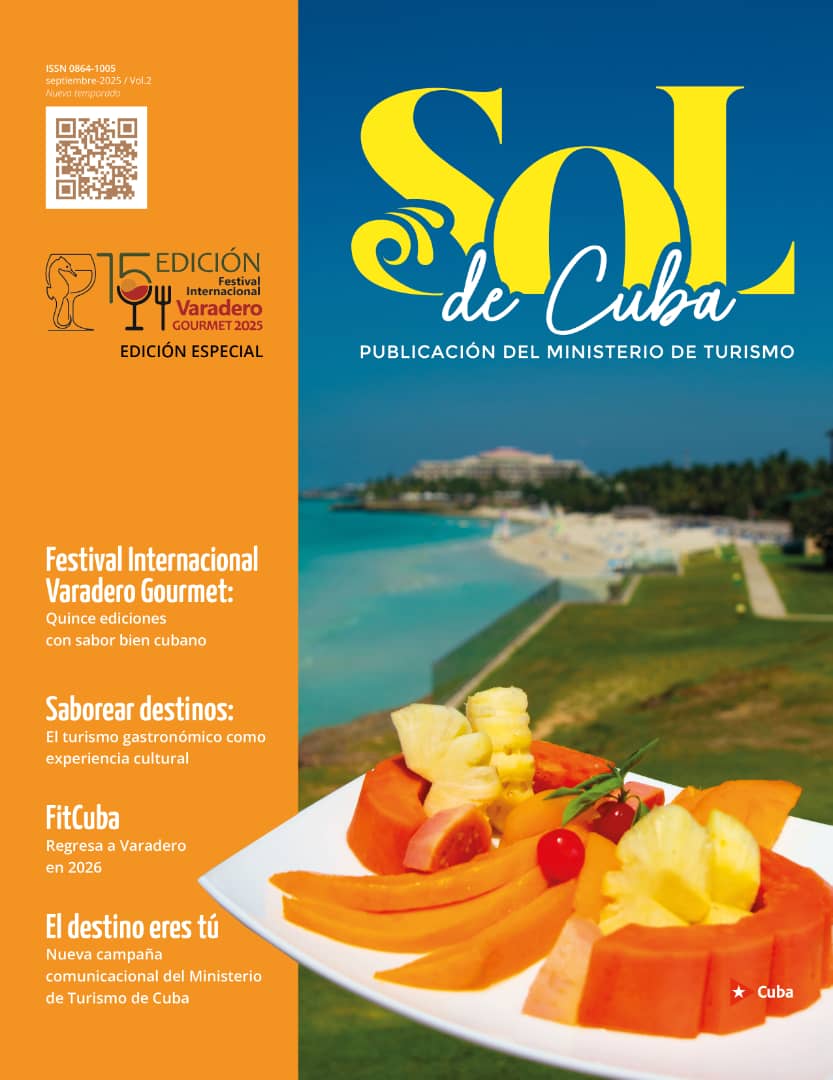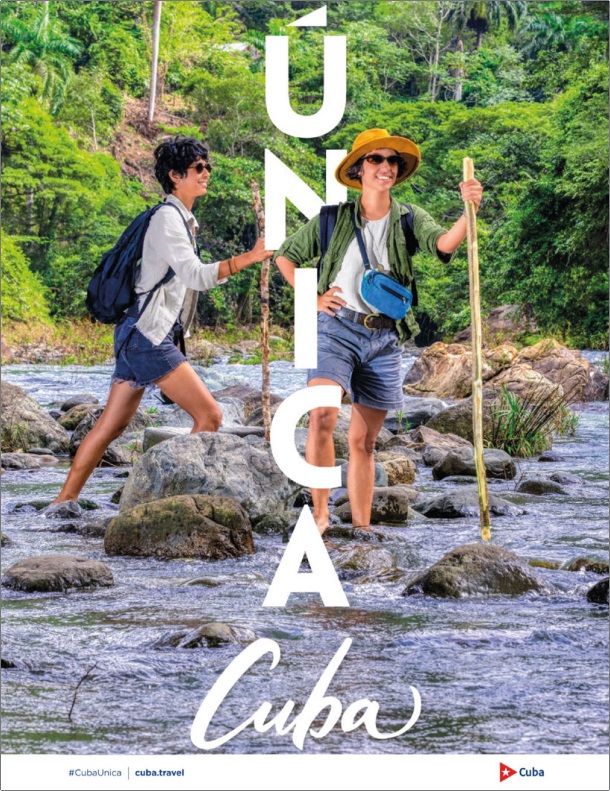Santiago de Cuba: A legacy of a half a millennium inscribed on the World Heritage List
This is what you shouldn’t miss seeing in Santiago de Cuba, according to UNESCO
Posted by Sol de Cuba, 25/07/2025
This year, 2025, the city of Santiago de Cuba proudly celebrates 510 years of history, a journey marked by cultural richness, resilience and natural beauty.
Founded in 1515 by the Spanish conquistador Diego Velázquez de Cuéllar, Santiago has witnessed countless events that have shaped not only Cuba’s history but also its cultural identity.
In honor of this legacy, the United Nations Educational, Scientific and Cultural Organization (UNESCO) has included several sites in the legendary city as World Heritage Sites, such as the San Pedro de la Roca Castle and the Archaeological Landscape of the First Coffee Plantations in the South-East of Cuba. UNESCO has also listed Intangible Cultural Heritage, which includes the Knowledge of the Light Rum Masters and the Tumba Francesa (French drum).
What you shouldn’t miss in Santiago de Cuba, according to UNESCO
1. San Pedro de la Roca Morro Castle
The San Pedro de la Roca Castle is a UNESCO World Heritage Site. Commercial and political rivalries in the Caribbean region during the 17th century resulted in the construction of this massive complex of fortifications erected atop a rocky promontory to protect the important port of Santiago.
The intricate complex of forts, magazines, bastions and batteries, built according to Italian Renaissance design principles, is the most complete and best-preserved example of Spanish military architecture in the Americas.
It was inscribed on the UNESCO list in 1997, increasing the potential for the preservation of both the Castle and its attached batteries of La Estrella, Santa Catalina and Aguadores, which protected the entrance to the bay and port of San Diego de Cuba.
The fortress, which has been repaired, rebuil and consolidated numerous times due to earthquakes and attacks, fell into disrepair in the early 20th century due to lack of maintenance, but was restored in the 1960s.
Today, the castle, with its imposing lighthouse, offers spectacular views of the Caribbean Sea and has been restored to preserve its history. Visitors can explore its walls, passageways and towers, immersing themselves in the city’s rich history and enjoying a landscape that has remained almost untouched for centuries.
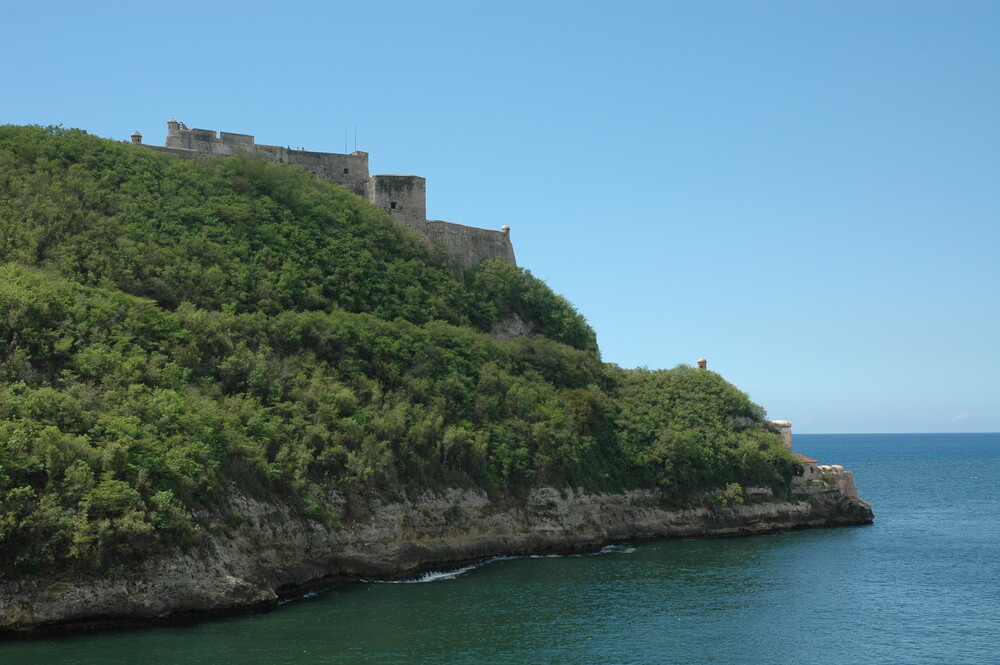
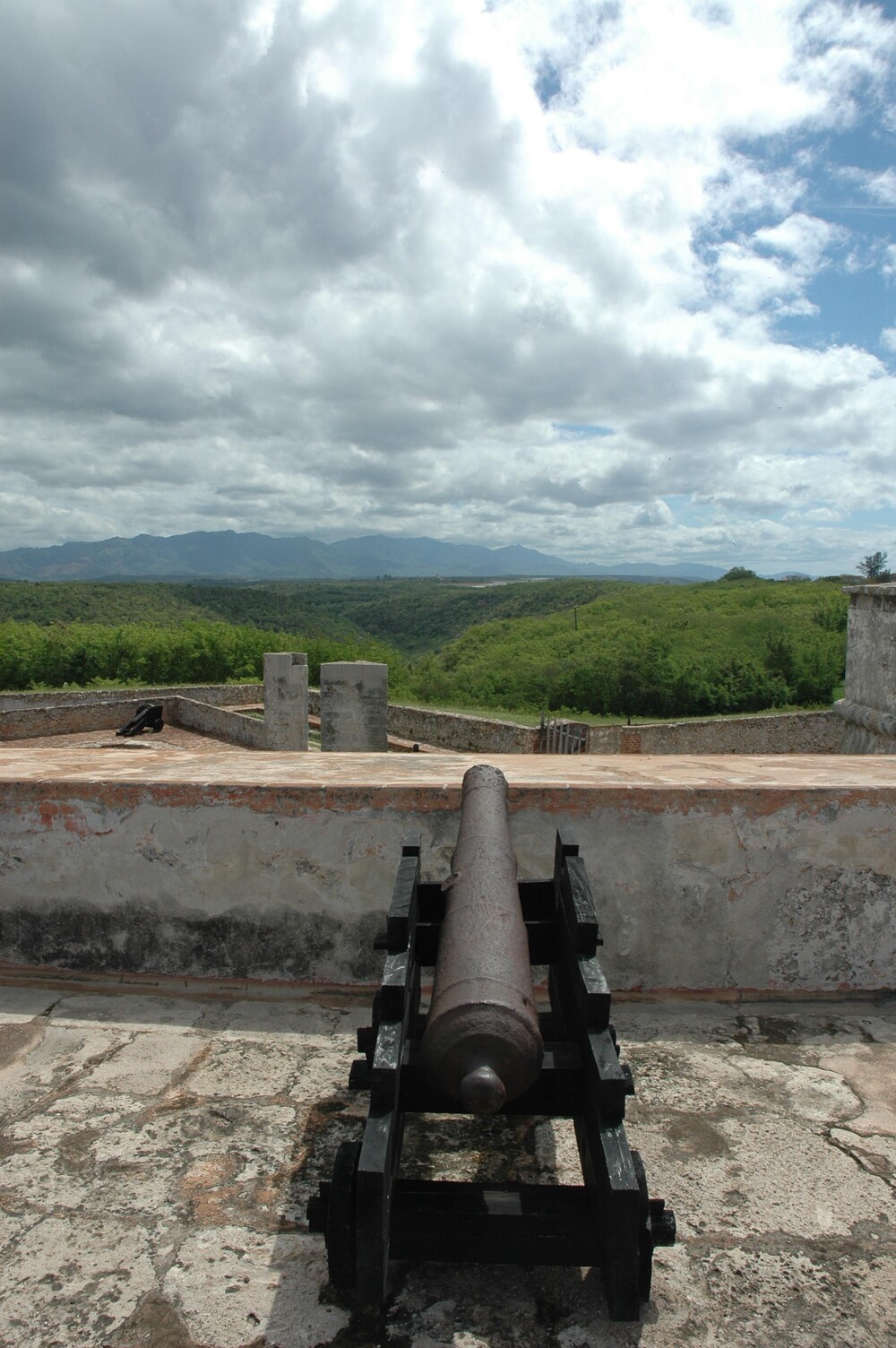
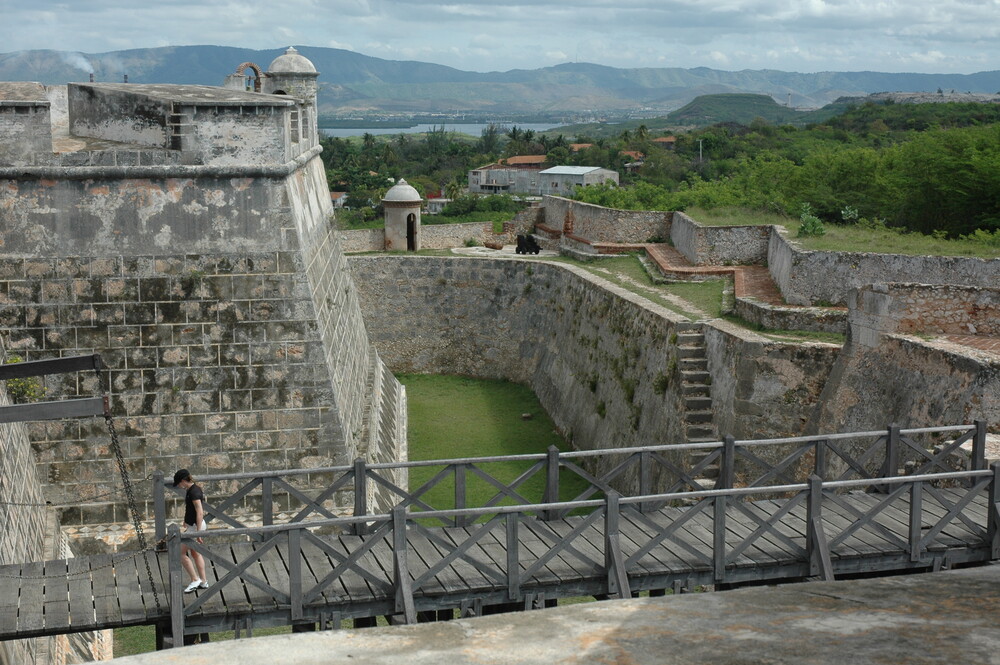
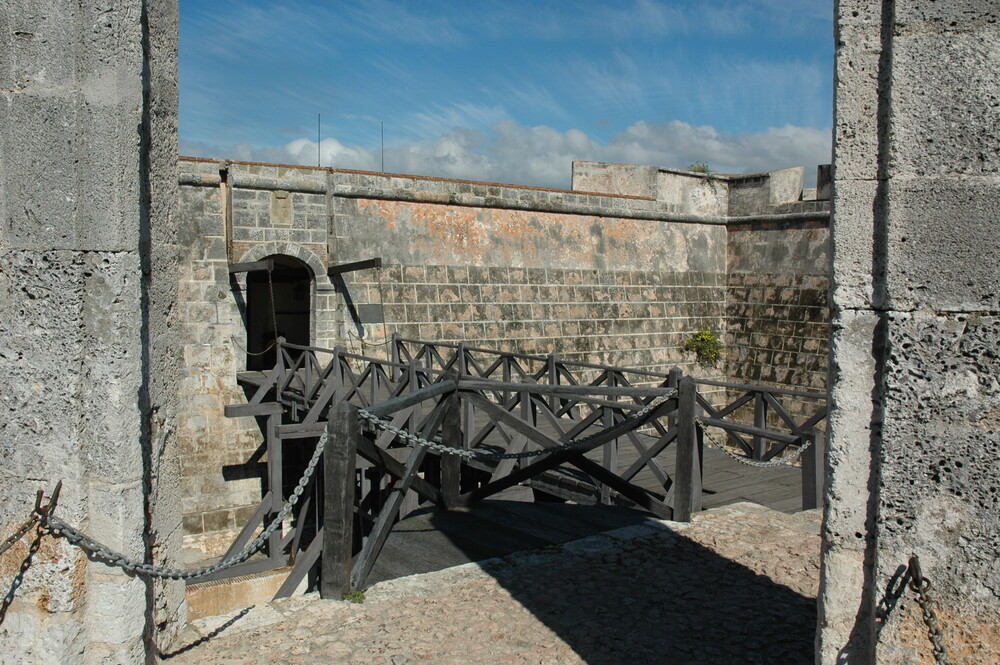
2. Archaeological Landscape of the First Coffee Plantations in the South-East of Cuba
Another cultural treasure of Santiago, also considered a World Heritage Site, is the Archaeological Landscape of the First Coffee Plantations in South-East of Cuba. This comprises a group of 171 agro-industrial buildings from the late 18th and early 19th centuries that provide a tangible example of a historical event of great importance to the world: the Haitian Revolution.
This phenomenon brought with it elements of a specific culture that was expressed not only in architectural, engineering and hydraulic works, but also in the economy, music, dance, literature, gastronomy, religion, art, tastes and customs that form part of the island’s intangible heritage, and which was so different from that developed on the island before the arrival of French-Haitian immigrants. Inscribed by UNESCO in 2000, the remains of the 19th-century coffee plantations at the foot of the Sierra Maestra mountains have become an exceptional testament to the use of pioneering agricultural techniques in difficult terrain, shedding light on significant aspects of the economic, social and technological history of the Caribbean and Latin America.
This coffee industrial complex is the oldest surviving example of its kind evidencing the origins of coffee culture in the Americas. Here, the use of the wet coffee processing system reached its peak in the region, becoming a precursor to the modern system for processing the coffee bean.
Currently, development plans focus on controlled tourism in defined areas, connected by pedestrian paths where motorized transport is not possible. Other initiatives designed to improve the region’s socioeconomic situation have included economic development and land-use studies.
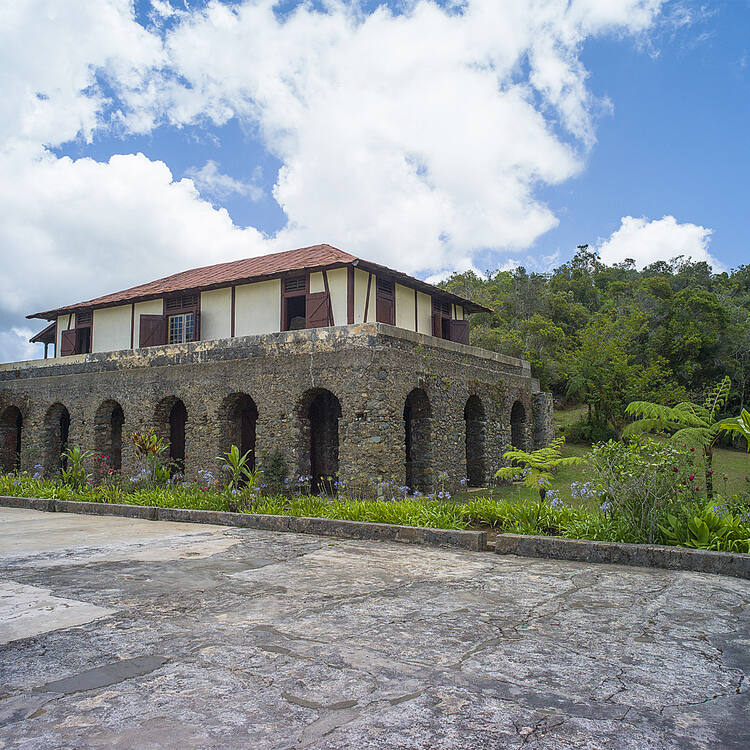
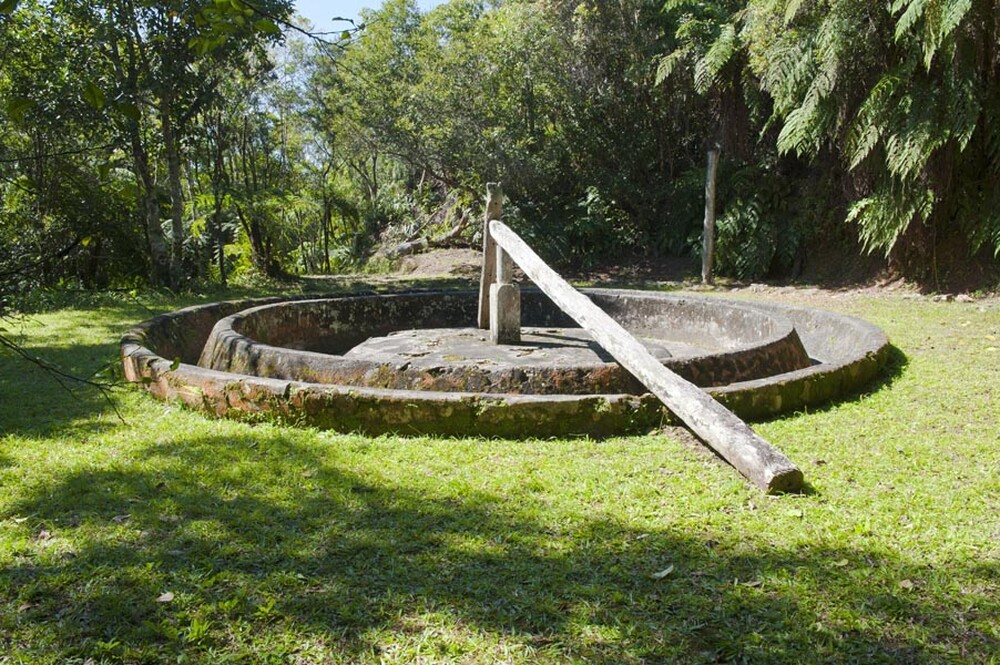
3. The Tumba Francesa (French drum)
The Tumba Francesa is a cultural expression that combines music, dance and rituals of African and French origin, reflecting the cultural diversity of Santiago. This intangible heritage is especially celebrated during festivals and is an expression of the region’s Afro-descendant identity.
It was inscribed on the Representative List of the Intangible Cultural Heritage of Humanity in 2008, although it was originally declared part of it in 2003.
The dance, song and percussion technique known as the Tumba Francesa arrived in Cuba with Haitian slaves, who were brought to the eastern part of the country following the revolts that shook Haiti in 1790. The first written records of this tradition date back to the early 19th century, where it is recorded that this dance embodies one of the oldest and most visible links with the Afro-Haitian heritage of the Cuban province of Oriente.
It is also the fruit of the 18th-century fusion of Dahomey music (West Africa) and traditional French dances. Following the abolition of slavery in Cuba in 1886 and the urban migration of freed slaves in search of work, Tumba Francesa societies emerged in several cities in the east of the island.
The popularity of Tumba Francesa reached its peak at the end of the 19th century. Today, only two of the numerous styles of Tumba Francesa are regularly performed: the masón, a humorous parody of French ballroom dances, and the yubá, an improvised dance based on frenetic drum rhythms.
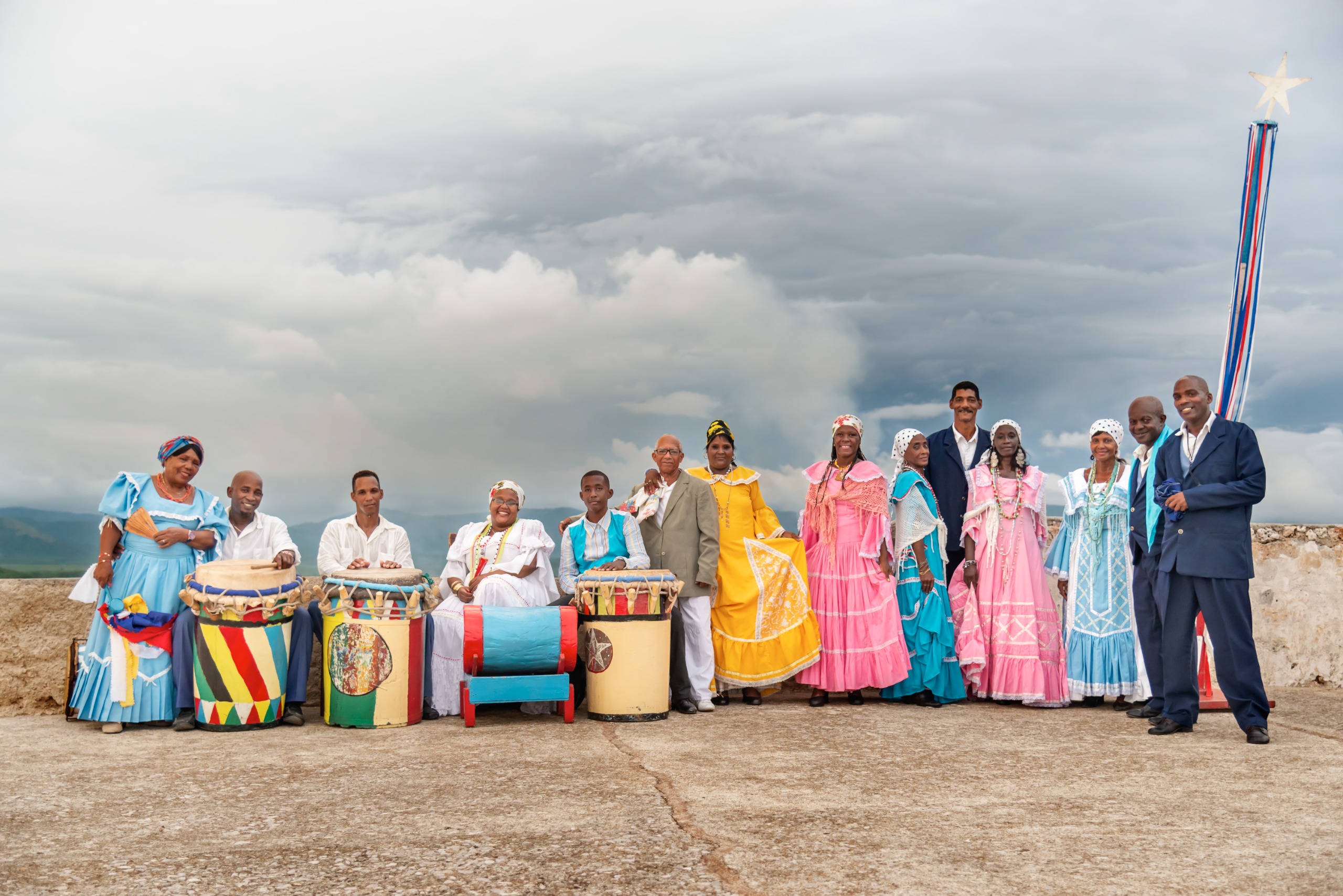
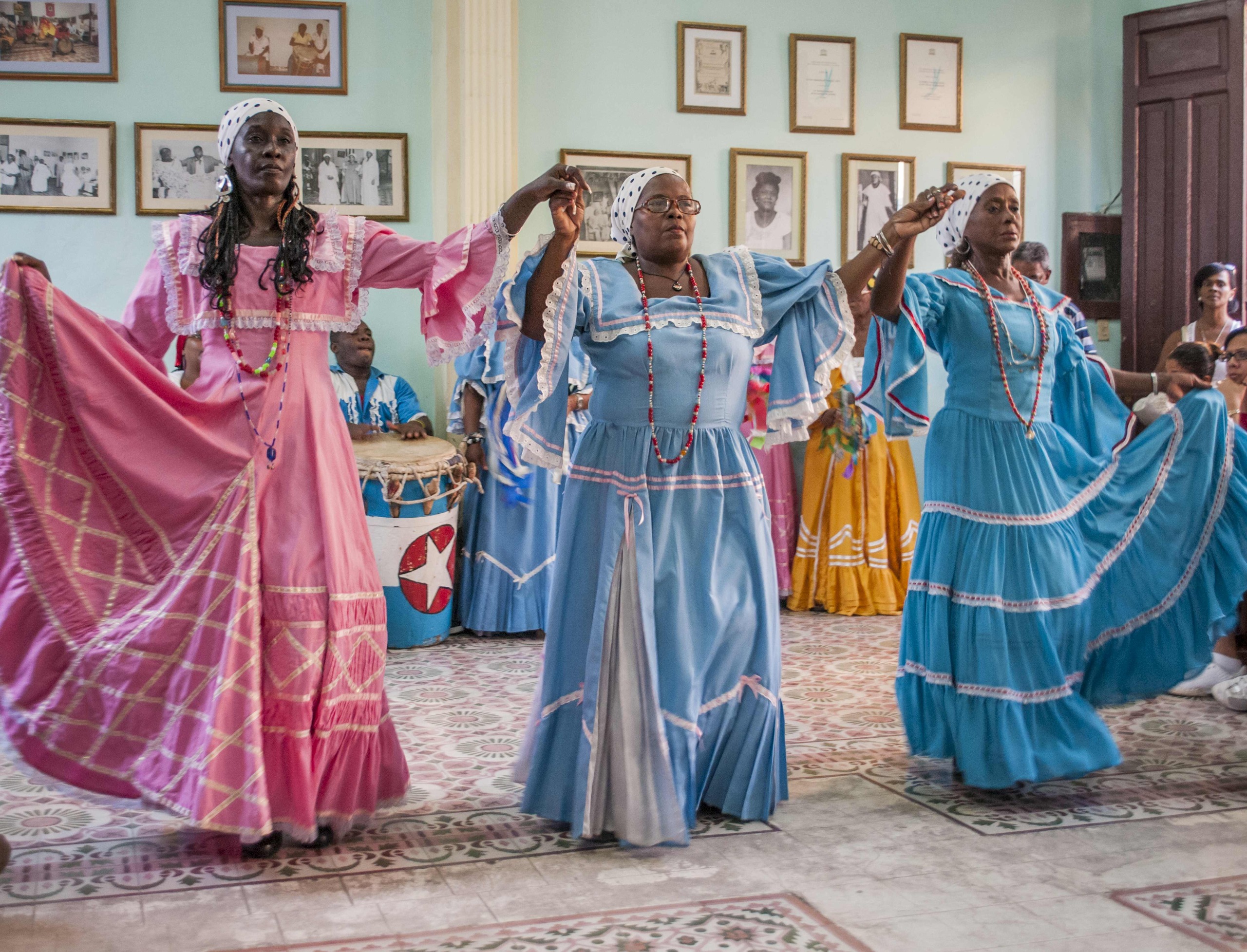
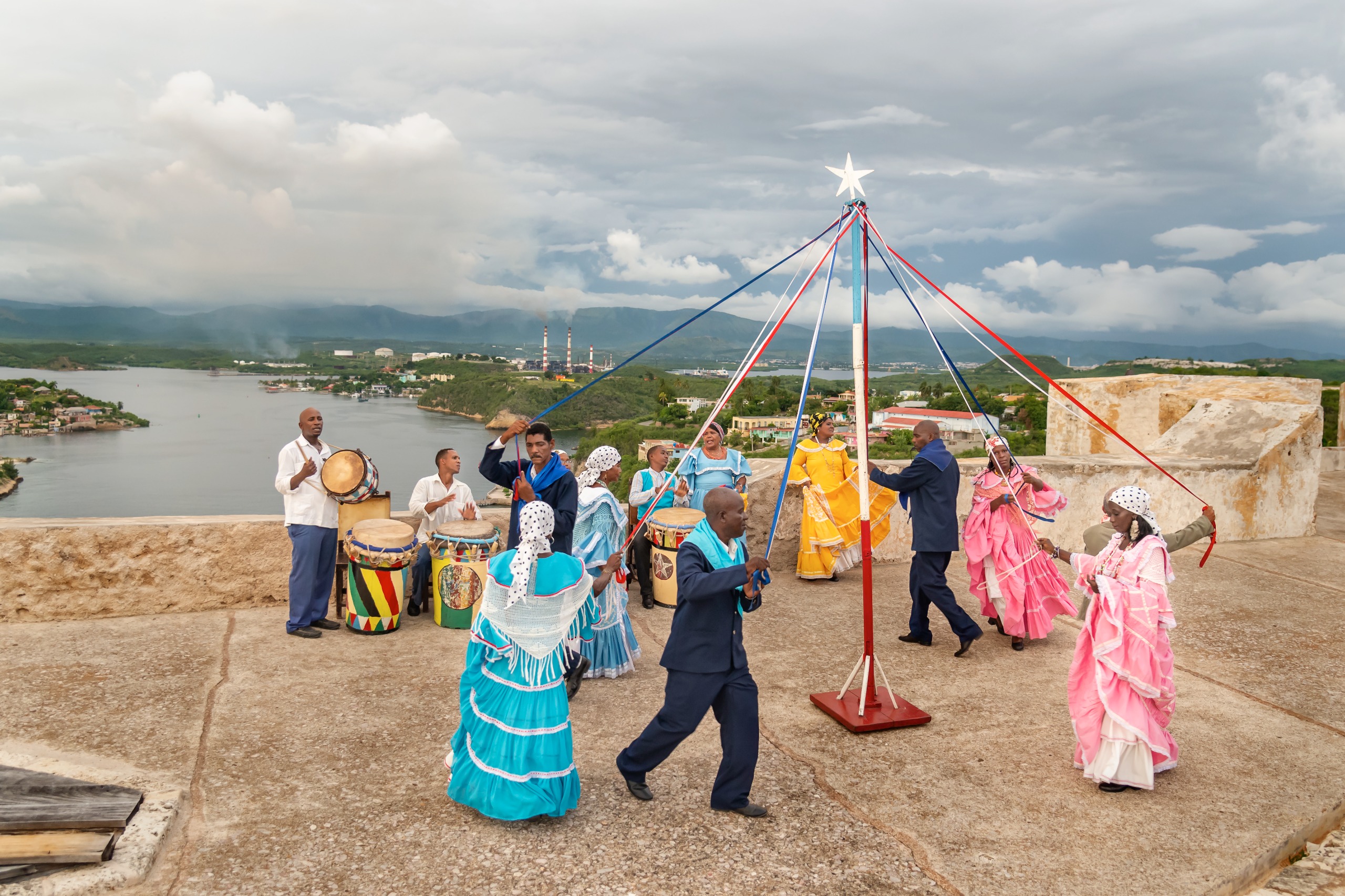
4. Knowledge of the Light Rum Masters
The tradition of light rum in Santiago de Cuba is an art that has been passed down from generation to generation. The master rum makers are the guardians of ancestral knowledge that encompasses everything from the selection of sugarcane to the rum distillation and aging process. This skill is reflected not only in the quality of the product, but also in the culture and identity of the region.
This knowledge was inscribed on the Representative List of the Intangible Cultural Heritage of Humanity in 2022. The file, available at UNESCO, explains that Cuban light rum originated in 1862 in the city of Santiago de Cuba.
Since then, there has been an uninterrupted transmission of the knowledge of Cuban master rum makers, which is put into practice in aging cellars, blending areas and laboratories.
Regardless of the brand, light rum masters follow a code of ethics focused on respect for Cuban rum culture and history, as well as good practices, with eco-culture and environmental harmony as their central focus.
Today, visitors to Santiago de Cuba can participate in tastings and distillery tours, where they will learn about the rum-making process and its importance in the city’s social and economic life.
